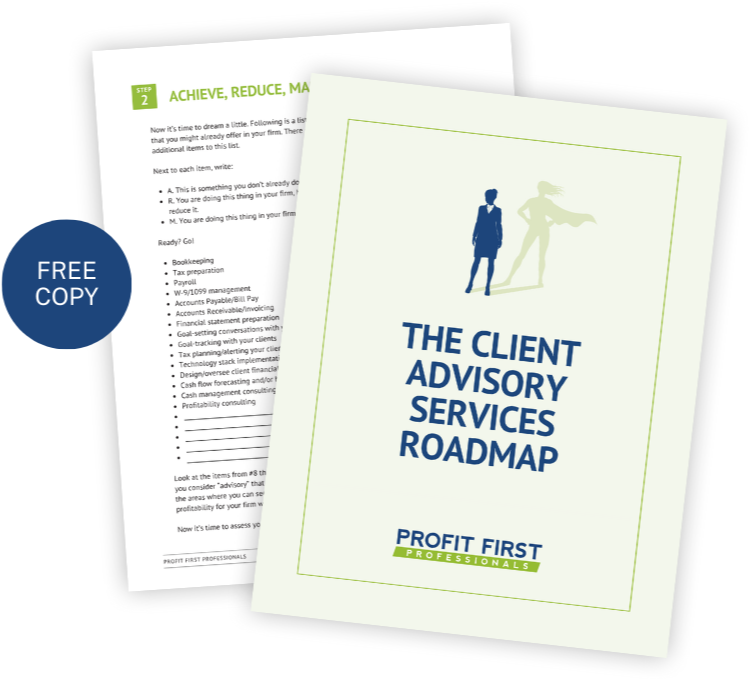Debt. It’s the four-letter word everyone wants to avoid, and yet we can’t stop talking about it. Whether it’s personal debt levels or the government debt ceiling, everywhere we look there is a discussion happening about debt.
There’s a common misconception that through the lens of Profit First, debt is always bad. But debt can sometimes be a useful tool to help you reach new levels of business growth and profitability.
So, let’s lay it all out on the table. Let’s talk about debt, baby. (Gen X, you’re welcome for the Salt-N-Pepa earworm.)
This article is part one of a two-part series on the “D” word. In this piece, we’ll define the two uses of debt. In part two, we’ll share a process to help you make sure you are using debt the “right” way.
Not all debt is created equal
The first thing we need to understand is that not all debt is created equal. And, no, I’m not talking about negotiating favorable interest rates, although that’s important, too.
There are essentially two ways to use debt. And, like the two types of cholesterol, one is “good,” the other is “bad,” but too much of either one can spell bad news for your business’s health.
What are the two ways to use debt in your business?
Debt leverage vs. debt bridge
Debt leverage is the “good” debt. When you use debt leverage, you have a planned, strategic use for the borrowed funds – to generate more profitability in your business.
For example, let’s say you need to increase your business’s production capacity to reach your next profitability goal. To do that, you need to acquire a new asset (this can be a machine, software, or an employee.) But you don’t currently have the cash on hand to acquire this asset outright, or – in the case of an employee – there will be a period when the cost of the asset is higher than the revenue generated.
This can be a good time to consider debt leverage. The debt you incur to finance the machine or the new hire’s payroll has a specific, strategic purpose, and you can make a reasonable assumption that the debt will pay off in the long run.
A debt bridge, on the other hand, is the “bad” debt. In the most basic terms, using a debt bridge means your normal, ongoing expenses exceed your normal, ongoing income. Your business is essentially living on credit cards (or a line of credit, or possibly even investments from your own personal savings.)
It’s easy to fall into the trap of relying on a debt bridge. Maybe your business experiences what you think is a short-term decrease in revenue, and you decide to “ride it out” by using debt until things improve…but that improvement doesn’t happen as quickly as you expect.
Or maybe you justify additional expenses in your business by convincing yourself they are strategic expenses, but you don’t put the proper tracking mechanisms in place to ensure you are getting a return on the expenses.
Or – and this is the worst scenario of all – you’re just so busy running your business, you lose track of how quickly your operating expenses are outpacing your revenue. Before you know it, you’re barely able to make the minimum payments on your debt, and you wonder how on earth things got to this point.
Important disclaimer
Although we’ve identified “good” debt and “bad” debt here, as a business owner you alone are responsible for making decisions about how to use debt in your business. In other words, don’t take our word for it; speak to your own trusted advisor before making decisions that will impact your business’s financial health.





Comments